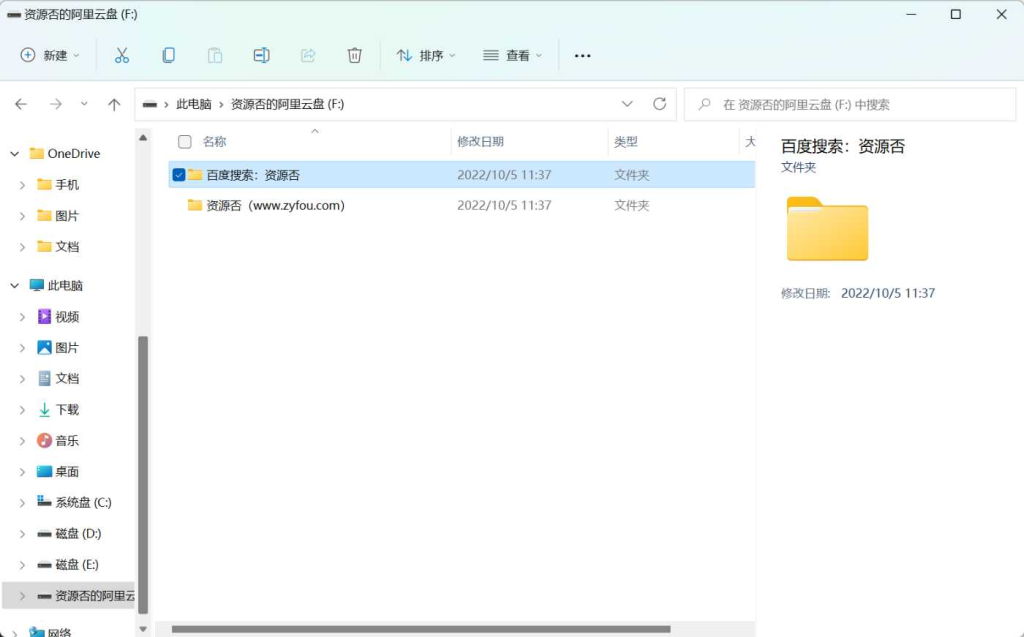
本文介绍如何在linux环境下利用Swagger框架有效处理restful API的错误响应。Swagger是一个强大的工具,用于设计、构建、文档化和消费RESTful Web服务。通过编写YAML或json格式的规范,开发者可以清晰地定义API的结构和行为。
以下步骤阐述了在Swagger中处理错误响应的方法:
1. 定义错误模型: 首先,需要创建一个或多个错误模型来描述可能出现的错误及其属性。例如,我们可以定义一个名为ErrorResponse的模型,包含code(错误代码)、message(错误信息)和details(详细描述)等字段。
components: schemas: ErrorResponse: type: object properties: code: type: integer format: int32 message: type: string details: type: array items: type: object properties: field: type: string message: type: string
2. 在API路径或操作中引用错误模型: 接下来,在API路径或操作的定义中引用上述错误模型,以指定可能返回的错误响应。responses属性用于定义不同http状态码对应的错误模型。
paths: /users/{userId}: get: summary: 获取用户信息 parameters: - name: userId in: path required: true description: 用户ID schema: type: string responses: '200': description: 成功获取用户信息 content: application/json: schema: $ref: '#/components/schemas/User' '400': description: 请求参数错误 content: application/json: schema: $ref: '#/components/schemas/ErrorResponse' '404': description: 用户未找到 content: application/json: schema: $ref: '#/components/schemas/ErrorResponse'
此示例中,/users/{userId}路径的GET操作定义了三种响应:200(成功)、400(错误请求)和404(未找到)。400和404错误响应都引用了前面定义的ErrorResponse模型。
3. 生成和部署API文档: 使用Swagger工具(例如Swagger Editor或Swagger UI)生成并部署API文档。这使得其他开发者可以查看、测试API并了解可能的错误响应。
通过以上步骤,您可以在Linux系统中使用Swagger有效地处理API错误响应,从而提升API的可读性、可维护性和开发者体验。
© 版权声明
文章版权归作者所有,未经允许请勿转载。
THE END




















